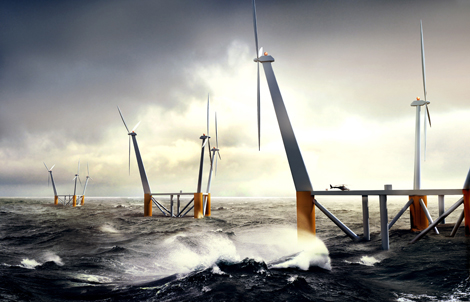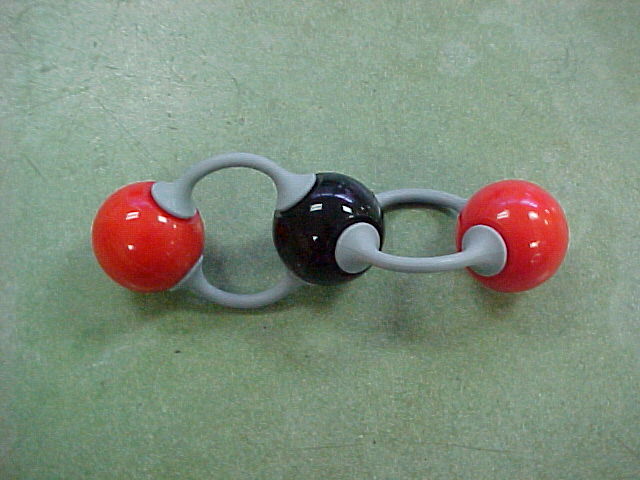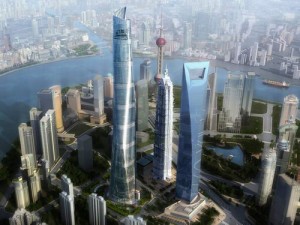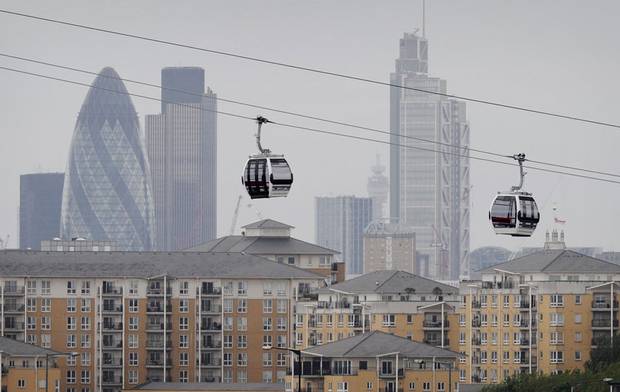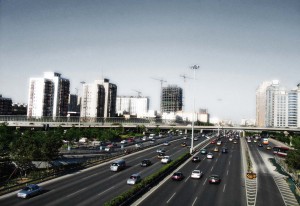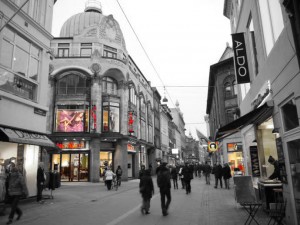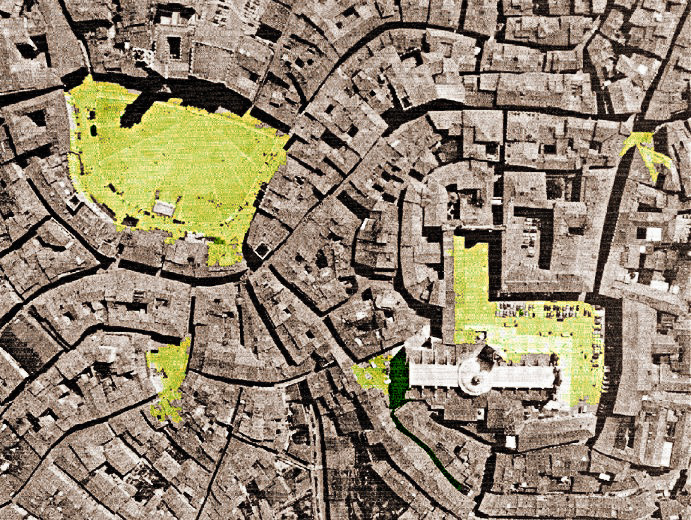There are two good reasons for building cities with the entire road network under ground. The most obvious is that it would make the city more pleasant to live in.
The other reason can be more difficult to spot. It is that ultra compact cities will become highly efficient economic powerhouses due to the good infrastructure and high population density they can create.
That ultra compact cities have the potential to have very good communications is obvious. Both cars and public transport can be given good operating conditions. This is good in itself, reducing time spent commuting. But it also has another, more indirect effect. Good communications and high population density means there will be a customer base for really specialized shops and services. This not only means businesses serving the needs of the consumer, but also other firms. And specialization is one of the key ingredients in heightening economic output.
People will also find it easier to locate jobs in the vicinity which fits well with their skills. Again, this will help aid specialization and with it economic efficiency.
A few links on the subject:



